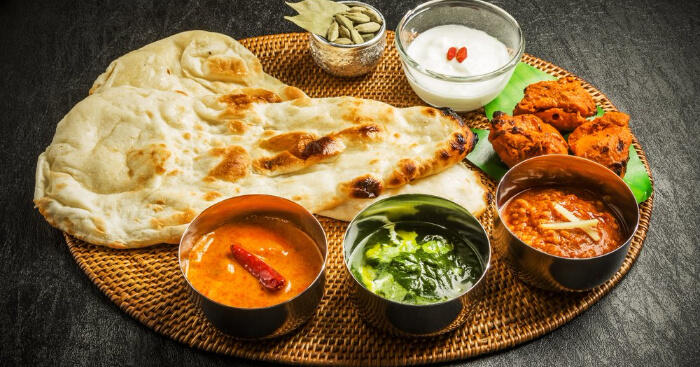India is among the top five obese countries when it comes to obese adults with around ~ 30 million adult are obese. Besides, India has second highest obese children-around ~ 14.4 million. These figures clearly point that Diabetes is reaching alarming epidemic proportions in india. It is predicted that by the year 2030, this figure would reach 80 million individuals, double of what China would have.
So the question arises what went wrong? Is Traditional Indian diet to blame? Or is there something leading to such a worrisome state of affairs? Let us dig more deep into this.
We cannot call one diet a typical Indian diet. Given that India is such a diverse country with so many religions, India offers a large variety of cuisine of foods. Most of these cuisine have the following in common:
- Use of grains ( mostly processed) such as rice, millets, wheat.
- Lentils & Legumes- cooked in such a way that 30% of nutrients are lost while cooking.
- Use of vegetables across a range of dry & gravy dishes.
- Use of processed oils-ghee, coconut oils, butter etc.
- Dairy products like milk, paneer and yoghurt
- Seafood and meat are used in many cuisines.
- Significant use of herbs and spices – turmeric, ginger, cardamom, clove.
Although these food items when cooked in a proper way using right oil, spices & at regular temperature, provides all required macronutrients-protein, carbs & fats & micronutrients-various minerals & vitamins, changes in eating patterns as well as way we cook has impacted every single meal we eat on a daily basis.
- Breakfast: Our busy lives mean that the first meal must be quick, convenient, easy to pack etc. This means no more cooked food and we prefer consuming quick on the go meals such as corn flakes or other sugary cereals, flavored oats, white bread (jam or a sugary spread is never far away) etc.
- Lunch: Office canteens are convenient for many, or you can order in. Let’s be honest – neither option is known for fresh high-quality food.
- Snacks: Usually comes in a packet or box such as processed all purpose flour cookies with long shelf life & deep oil fried fritters
- Dinner: This is the golden age for food delivery apps and anything you desire is a few clicks away. Restaurant food is almost always extremely oily. You may not be able to tell, but we know this from talking to professional chefs.
- All day: Sugary beverages are everywhere. Also, the sugar in all the coffee/tea that you drink during the day adds up.
So where are we going wrong?
- Our diet is high in carbohydrates & sugar-resulting in high fat storage & inflammation.
- Less quantity of whole & nutrient rich foods- fruits & vegetables
- High amount of processed oil with a high percentage of trans fat & saturated fat.
- High consumption of processed foods, empty calorie food items & artificial sweeteners
Key findings:
- Average Indian consumes more than 10 teaspoons in a day against recommended 9 for men & 6 for women- This results in inflammation, bloating & poor gut health
- Our food is rich in simple carbohydrates( high GI) which spikes sugar level- This results in accumulation of fat around our body organs-visceral fat.
- Our diet is nutrient deficient & high in processed & junk foods- Excess weight & obesity and deficiencies in important nutrients that the body needs like protein, calcium, vitamin B12 etc, all of which contribute to health issues like diabetes, hypertension etc.
How do we fix this? Should we eat home cooked meals? Traditional Indian Meals? We have to strike a balance between healthy meals & meeting our taste buds.
- At each meal, fill half your plate with vegetables (choose local and seasonal options, organic if possible).
- Your each meal should have protein sources
- Get your sugar from fruit (choose any fruit in season).
- Don’t eat anything that comes in a packet/box – basically no processed/packaged foods.
If you follow the above 4 steps, you will not only rev up your metabolism & have a healthy body but also reduce exposure to inflammation, poor gut health, bloating & lifestyle diseases.
